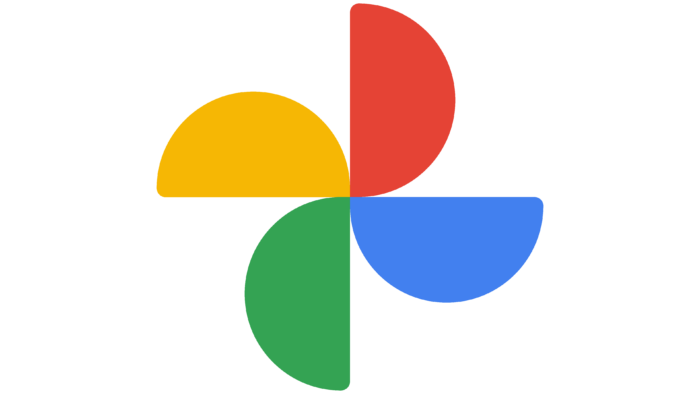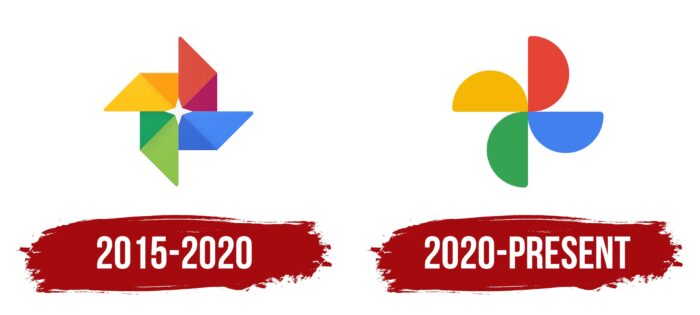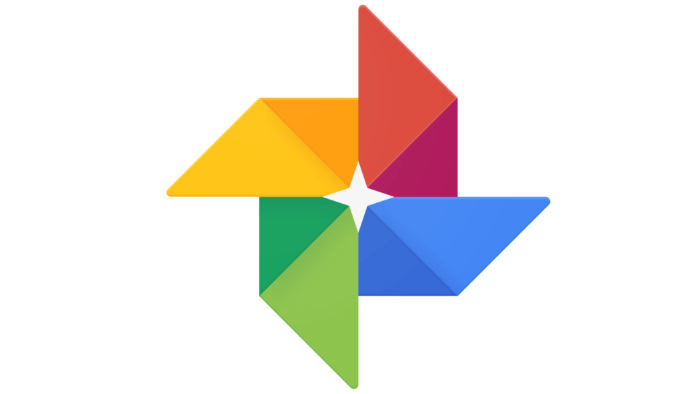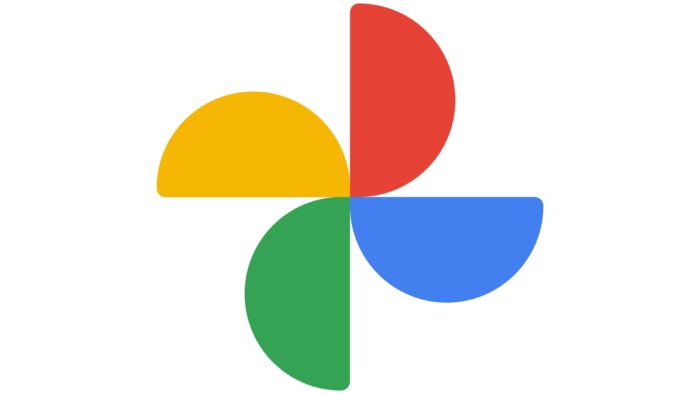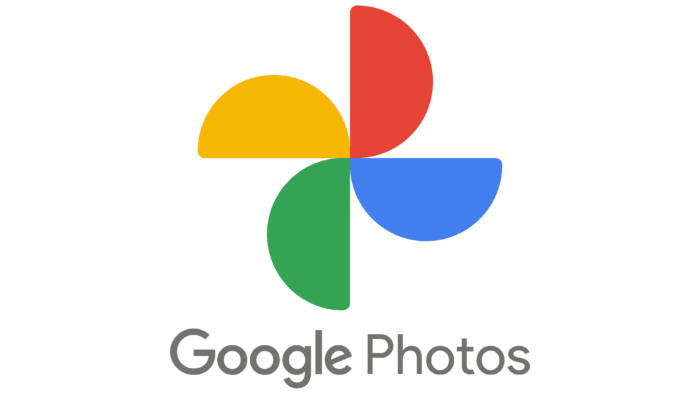All subsidiaries of this corporation use almost identical logos. This is the fundamental principle of the parent company, which does not intend to abandon it, so the Google Photos logo is as close as possible to the original structure. It shows the service’s relationship with other digital giant services.
Google Photos: Brand overview
| Founded: | May 28, 2015 |
| Founder: | |
| Headquarters: | United States |
| Website: | photos.google.com |
Meaning and History
At first, this service was built into the social network of Google, which is organized to compete with Facebook. The virtual giant hoped for high popularity by launching its social networking site. Still, he failed to achieve it – neither a medium for user interaction nor a repository for photos. Therefore, after some time, he received the status of an offline image editor. The presentation of the photo service in this role took place at the Google I/O 2015 conference.
As a result, Google Photos has changed its specialization, turning from a content exchange service into its repository. By the end of 2015, it introduced a Shared Albums feature, where users combine pictures by sharing them all at once. The recipient can add their photos and videos to it and set notification settings when new products appear. The service also allows you to share full-size photos between iOS and Android mobile platforms.
But the free amount of content on Google Photos after independence was reduced to 15 GB. Anything above is monetized. Then other applications and options were implemented to conveniently allow you to use the online platform in any life situation. For example, add pictures thanks to PhotoScan. One of the latest implementations is a feature that shows a heat map of the location of photos. In 2020, the parent company noted that the site already has over 4 trillion images because it has gained popularity and is well recognizable by its authentic symbols.
What is Google Photos?
Google Photos is one of the services of Google, which is its parent company. The service is designed to host user photo and video content for storage, viewing, editing, and sharing. The platform developer is Lawrence Edward “Larry” Page, one of the founders of the Internet Corporation. Previously, the site was part of the Google+ structure, but in 2015 it gained independence.
2015 – 2020
The very first Google Photos logo looked like a children’s windmill. It consisted of four diamond-shaped elements divided by color into two parts. Classical red was combined with raspberry-violet, deep green – with pastel-light green, sky-blue – bright blue, straw yellow – with yellow-orange. With such a palette, the designers emphasized the variety of shades in the photographs. All elements were connected so that there was free space in the center in the form of a white star with four rays. It looked like glare from a camera flash.
2020 – today
After the redesign, the logo retained its colorfulness but received a different design. Although, to be honest, his color palette is now reduced to four corporate shades of Google. It contains only yellow, red, blue, and green, emphasizing that the photo service belongs to the global Internet giant. The shape of the pinwheel is a thing of the past: from now on, each rhombus is replaced by a one-color semicircle. At one end, they are connected in the center and follow each other. But the effect of a four-pointed star is no longer there – the slices are combined in the center very tightly.
Font and Colors
The evolution of the Google Photos logo has moved from a complex “childish” theme to a serious but simple one. This is clearly seen in the design of geometric figures: at first, rhombuses were shown, divided into triangles, and now semicircles are drawn. The same thing happened with color. If there were eight shades earlier in the emblem, now there are only four.
There is no text in the official logo, so there is little to say about the typographic elements. But his color, on the contrary, is incredibly diverse and saturated. First, it conveys the proximity of the Google Photos service to other services in the family that are colored in the same gamut. Secondly, it reflects the colorfulness of the photographs collected from its users.
Google Photos color codes
| Cinnabar | Hex color: | #e54335 |
|---|---|---|
| RGB: | 229 67 53 | |
| CMYK: | 0 71 77 10 | |
| Pantone: | PMS Bright Red C |
| Azure | Hex color: | #4280ef |
|---|---|---|
| RGB: | 66 128 239 | |
| CMYK: | 72 46 0 6 | |
| Pantone: | PMS 2727 C |
| Pigment Green | Hex color: | #34a353 |
|---|---|---|
| RGB: | 52 163 83 | |
| CMYK: | 68 0 49 36 | |
| Pantone: | PMS 7481 C |
| Selective Yellow | Hex color: | #f6b704 |
|---|---|---|
| RGB: | 246 183 4 | |
| CMYK: | 0 26 98 4 | |
| Pantone: | PMS 7549 C |
